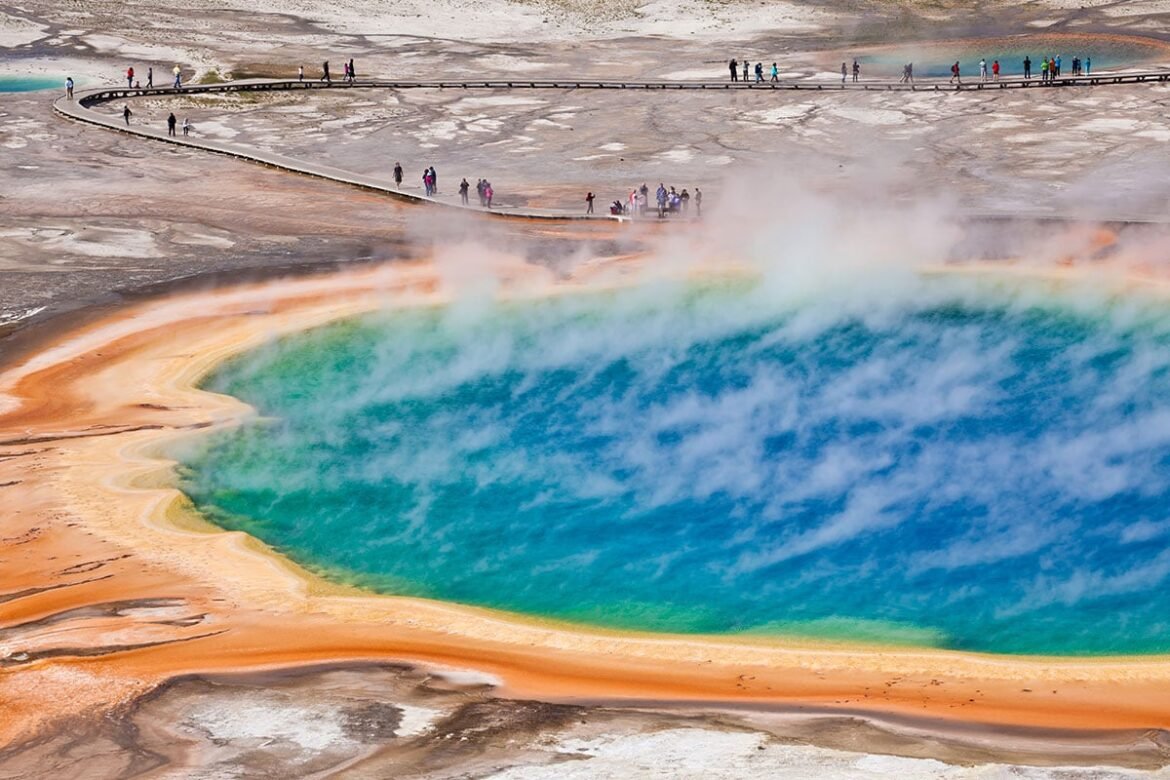Yellowstone National Park is home to one of the most active supervolcanoes in the world, and scientists have been warning about the potential for a catastrophic eruption for decades. In a recent study, researchers have assessed the potential effects of a Yellowstone eruption and found that it could have a devastating impact on the United States.
What is a Supervolcano?
A supervolcano is a volcano that has the potential to erupt with a magnitude ofVEI 8 or higher. This is the largest possible volcanic eruption on the Volcanic Explosivity Index (VEI), and it is one that is capable of ejecting more than 1,000 cubic kilometers of volcanic material.
Yellowstone is one of only a handful of supervolcanoes that are still active. The last time it erupted was about 640,000 years ago, and it was one of the largest volcanic eruptions in Earth’s history.
What are the Potential Effects of a Yellowstone Eruption?
A Yellowstone eruption would have a devastating impact on the United States. The immediate effects would include ash fall, pyroclastic flows, and lahars. Ash fall could travel as far as the East Coast of the United States, and it would cause widespread respiratory problems and power outages. Pyroclastic flows are hot, fast-moving clouds of ash and gas that could reach speeds of up to 700 miles per hour. They would be capable of destroying everything in their path, including buildings, forests, and livestock. Lahars are mudflows that can be triggered by an eruption or by melting snow and ice. They can be extremely destructive, and they could cause widespread flooding and damage.
In addition to the immediate effects, a Yellowstone eruption would also have long-term consequences. The ash fall would block out sunlight, causing a global cooling event that could last for several years. This would have a devastating impact on agriculture and food production. The eruption would also release large amounts of sulfur dioxide into the atmosphere, which would contribute to acid rain and air pollution.
How Likely is a Yellowstone Eruption?
Scientists have been studying Yellowstone for decades, and they have learned a lot about the volcano’s behavior. They know that the Yellowstone caldera is overdue for an eruption, and they estimate that there is a 1-in-730 chance of an eruption in any given year.
What Can We Do to Prepare for a Yellowstone Eruption?
There is no way to completely eliminate the risk of a Yellowstone eruption, but there are steps that we can take to prepare for it. These include:
- Creating an emergency plan: This should include a plan for what to do in the event of an eruption, such as where to go and what to take with you.
- Stocking up on supplies: This includes food, water, medicine, and other essential items that you will need in the event of an emergency.
- Educating yourself: The more you know about Yellowstone and the potential effects of an eruption, the better prepared you will be.
Conclusion
A Yellowstone eruption would be a catastrophe of unimaginable proportions. It is important to be aware of the potential risks and to take steps to prepare. By doing so, we can reduce the impact of an eruption and protect ourselves and our loved ones.

